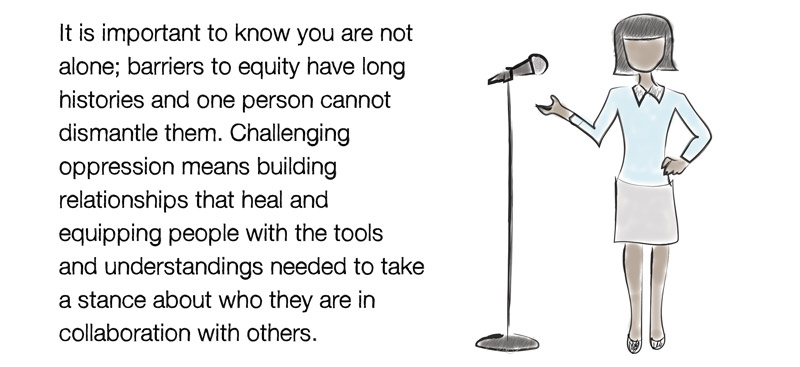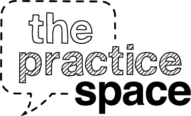RESOURCE 2
Self-Advocacy and Challenging Inequities

Self-advocacy is an essential method for speaking up for yourself and navigating inequitable power dynamics to make your needs known. Opportunities to learn how to self-advocate, however, seldom line up with the people who need it the most. Speaking up for your needs requires a strong sense of identity and an innate feeling of self-worth built over years of social support that many people do not get to have. Breaking barriers to basic rights and opportunities to participate depends on people being able to tell their own stories using their own words and emotions, which is painful in traumatic exchanges. When you have been pushed to the outside, labeled by stereotypes, and taught to feel inferior, self-advocacy is even more essential but also embedded within entrenched histories of discrimination and deficit thinking. Burdening people with this formidable task and leaving them on their own without the tools to defend themselves is unjust. As long as inequities exist, self-advocacy skills must be central to education.
Feelings of Inferiority
One of the biggest barriers to self-advocacy is when you are taught to believe that your identity and your life experiences are somehow invalid, unworthy, or wrong. Experiences that “instruct us in our own inferiority” (Illich, 1971, p. 29) can happen when you hear these messages directly, when you see people who share your views being mistreated, when you witness body language that disregards your presence, and when you can just sense that you aren’t valued. In 1903, W.E.B. DuBois describes this shadowy feeling of being a problem as “measuring one’s soul by the tape of a world that looks on in amused contempt and pity”. This feeling begins at a young age and effectively disables people, especially people of color or people who have been minoritized and labeled as somehow not “normal”. As Aaron Piziali, who grew up with a learning disability, writes in his life story, “My disability is that I have been disabled, as well as discouraged and discounted by a temporarily able-minded, able-bodied general public. My learning disability is something I must perpetually fight to define and also something I must fight to reject” (Rodis, Garrod, & Boscardin, 2001, p. 31).
Because not everyone feels this pervasive shadow of being “lesser than” someone else, inherent inequities lie in who finds themselves needing to self-advocate in the first place. Even at a young age, some children are taught that they are “normal” and “valuable”, while others are told that they must overcome barriers and have to fight to be accepted. As disability rights scholars Beth Ferri and David Connor (2007) point out, “Because barriers are assumed to be inherent within the individual, as opposed to structural or external...the dominant group is positioned as deserving of success, rather than unfairly advantaged by virtue of their social positioning.” Pushing back against disparaging labels and racial biases goes beyond exerting one’s opinion; it means counteracting negative external forces that have been pervasive throughout history.
Learning to Self-Advocate
It is frustrating and angering to feel helpless about the direction of your life or how you are treated by the people around you. Unsurprisingly, when needing to self-advocate, the most common reactions are to repress emotions and be completely silent or lash out in anger. Advocacy is often accompanied by war analogies and words like “fight”, “battle”, and “enemy”. Situations that require self-advocacy are rarely the ones most conducive to learning how to communicate; they are frightening, high-stakes, and overwhelming for many people. Given the deeply entrenched social and historical influences on how people are treated, it can feel virtually impossible to know where to start. As Toni Morrison puts it, “Anger is a paralyzing emotion...it’s helpless. It’s absence of control.” On the other hand, Morrison continues by calling for another approach to inequity, saying “I need all of my skills, all of the control, all of my powers...and anger doesn’t provide any of that. I have no use for it whatsoever.” When learning how to self-advocate, self-confidence can rule over anger when you can turn uncertainty into knowledge. Even in the most upsetting situations, it is vital to:
- Know your powers.
Effective self-advocacy begins with a strong sense of self.
Self-awareness and the ability to articulate what you know, what you care about, what you can offer, and what you can still learn is the foundation for making your voice heard in a contentious conversation. It is a superpower to be capable of using public speaking skills to clarify complex experiences even in a heightened emotional state. In the midst of it all, a social support system and community can offer the powerful and nurturing relationships needed to buffer against the internalization of negative stereotypes.
- Know the history and the evidence. The origins of biases, stereotypes, and barriers to equity stem from long histories of exclusion. Facing these barriers means knowing they go beyond a single interaction or individual. Research and evidence about the source of problems must be part of any remarks advocating for your needs because the problem runs deeper than your experiences. Knowing your rights and seeking help in interpreting complex information helps you be clearer and more confident when you speak.
- Know the conversation. People in dominant positions are always privy to consequential conversations where decisions are made, and self-advocacy necessitates involvement in the decision-making process. In a 2002 study by Hapner and Imel, for instance, students with disabilities felt less disenfranchised with schooling when they could voice their concerns and play a role in educational decisions. In his firsthand account of his experiences with autism, author Sean Barron emphasizes the importance of feeling in control of the conversation, stating, “What mattered was that doing it made me feel a little closer to being a normal human being. I got recognition, and I felt powerful for at least awhile when I steered the talk where I wanted to go” (p. 49).
The Final Takeaway
Self-advocacy is complex and sensitive. The challenges associated with speaking up for yourself go beyond public speaking skills, but feeling prepared to participate in consequential conversations can open doors to being included in the decision-making process. Like with all public speaking, practice through simulations and coaching sessions where you can refine your ideas and understand your powers. Finding the words to express your identity puts you in a powerful position to help people understand your message.
It is important to know you are not alone; barriers to equity have long histories and one person cannot dismantle them. Challenging oppression means building relationships that heal and equipping people with the tools and understandings needed to take a stance about who they are in collaboration with others.


